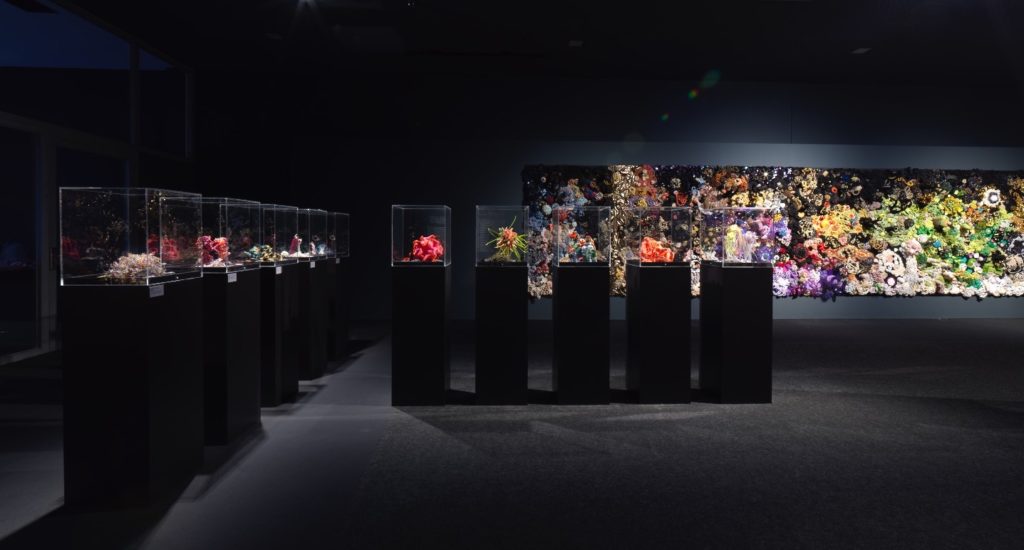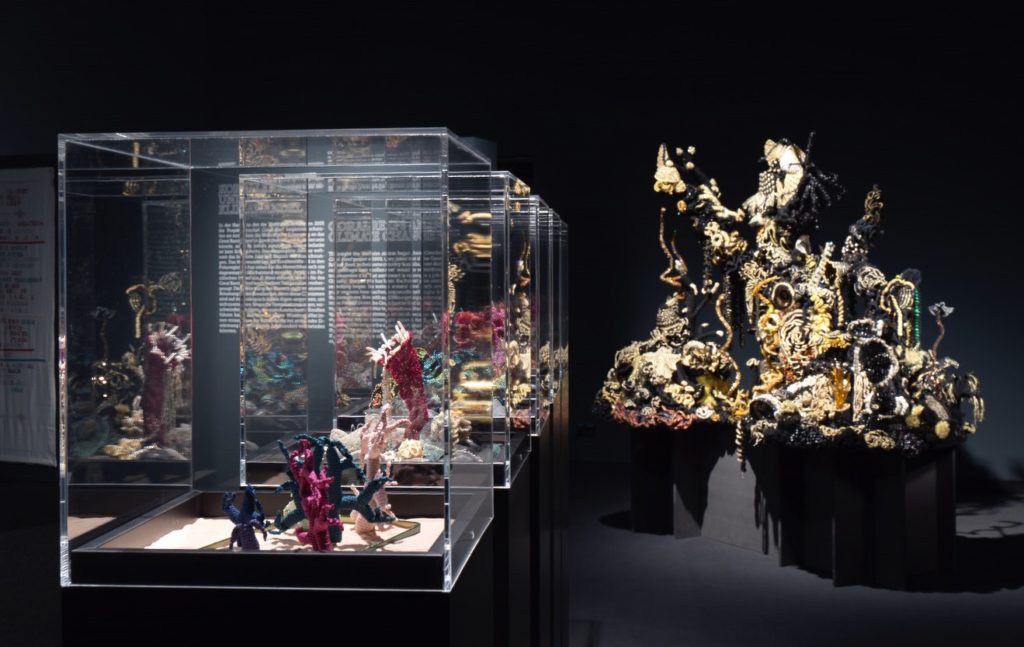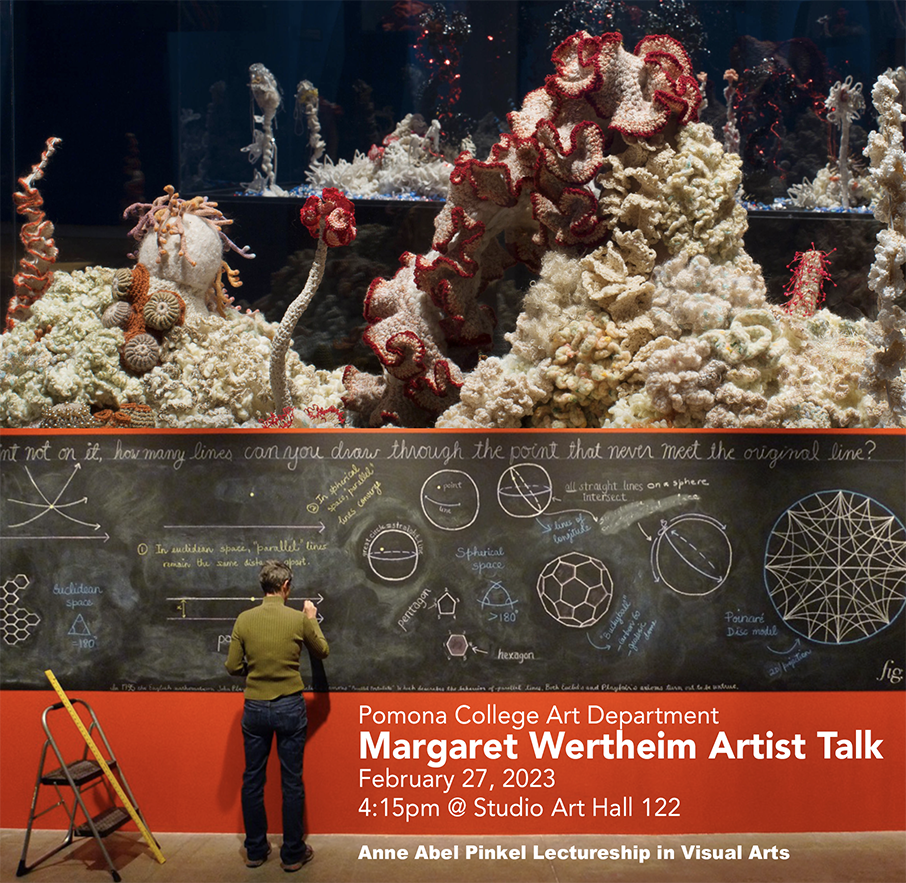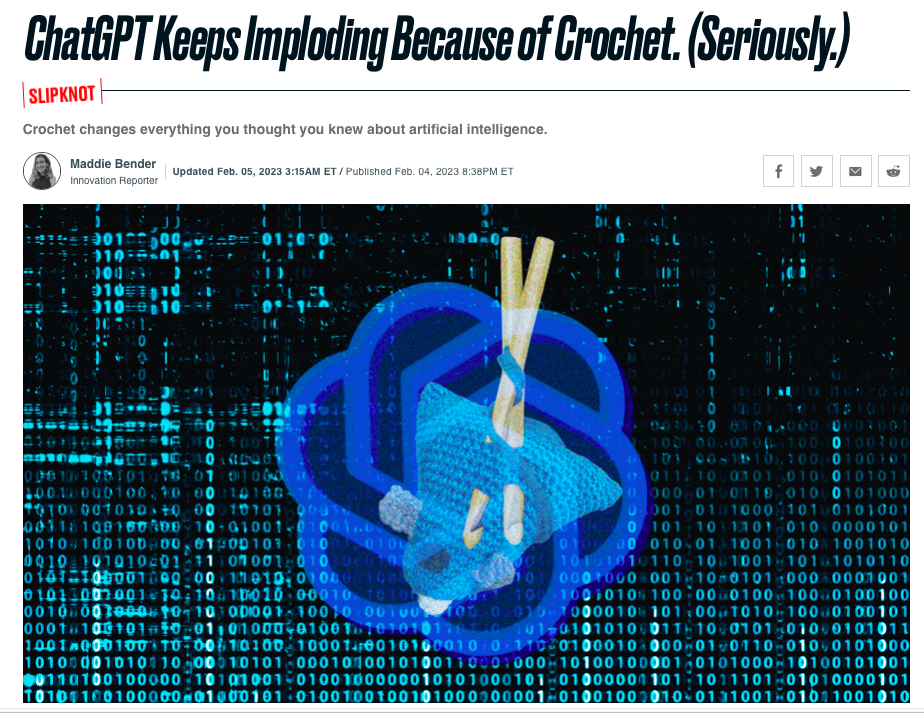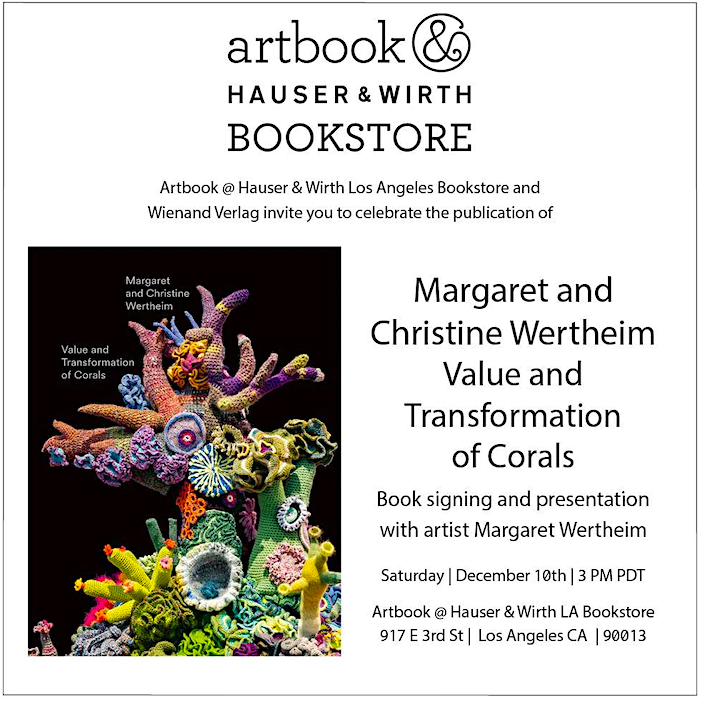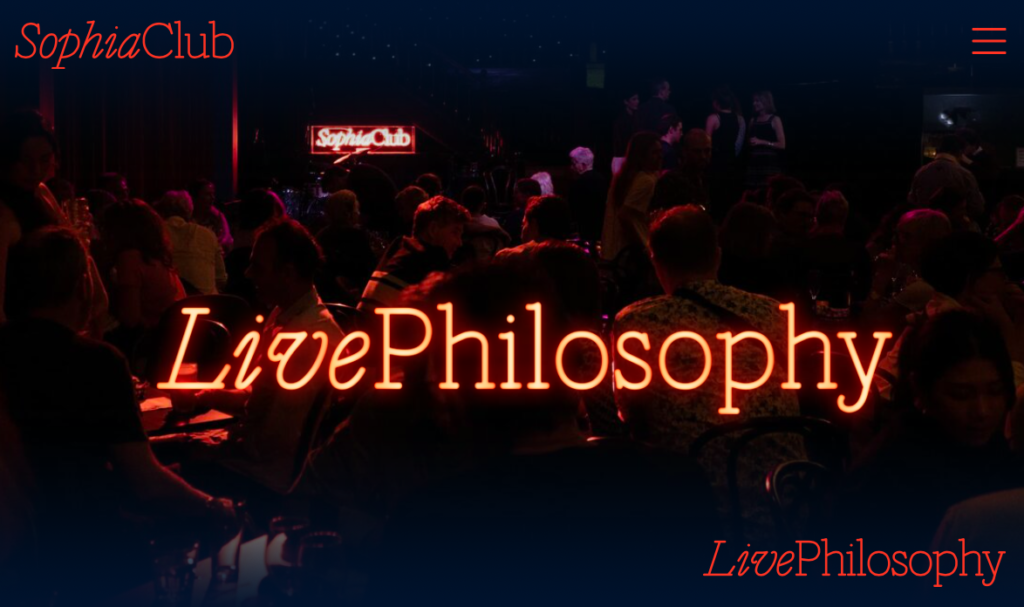On Tuesday May 30, the Brooklyn Rail is hosting a Critics Page Discussion about art and technology in conjunction with the publication of a Critics Page Section in the current May issue, edited by Charlotte Kent. Moderated by Kent, the panel features Margaret Wertheim, Doreen Rios, Tina Rivers, Mashinka Firunts Hakopian, Kay Watson, Clara Cje Wei Peh, and a poetry reading by Emmalea Russo.
For this iteration of the Brooklyn Rail’s famed Critics Page, Kent invited 10 writers to reflect on a word or term used in art and technology that they would prefer never to be used again, or which they would like to see more widely adopted. Wertheim chose ‘the metaverse’ as a term she would like to see dropped and describes why ‘cyberspace’ is a more useful neologism. Other writers look at the terms ‘neutral’, ‘aesthetics’, ‘touch’, ‘display’, ‘ancestral’, ‘worldbuilding’, ‘incubators’, ‘innovation’, ‘public’, ‘community’, and ‘complex’.
Discussion Time: Tuesday May 30, 2023, 1pm EST 10am PST, online. Register for the event here.
Brooklyn Rail, May issue Critics Page – A Word or Two About Art and Technology
From Charlotte Kent’s introductory essay:
The words we bring to art intend, at best, to translate the perceptual realm into the linguistic, anchoring sensation through definition. But, as we all know, that often doesn’t occur. The well known essay, “International Art English” by Alix Rule and David Levine skewers that premise, as does Tom Wolfe’s The Painted Word (1975) nearly forty years earlier, and a decade before that Susan Sontag’s “Against Interpretation” resisted language’s simulacrum of art. So on, down the line. And yet, words also serve to support, promote, highlight, associate, and adore the art they describe.
From Margaret Wertheim’s essay about ‘the metaverse’ as a terminology:
In 2021 when Mark Zuckerberg launched his multibillion-dollar initiative to develop “the metaverse,” a term and concept gleaned from Neal Stephenson’s kinetic cyberpunk classic Snow Crash, the venture capitalist Matthew Ball explained the idea as “the successor state to the mobile internet.” Accompanying Meta’s roll-out was an 81-minute-long video in which Zuckerberg appears in his tech-bro uniform of long-sleeve T-shirt and spray-on hair, piloting a chunky avatar through a series of poorly rendered 3D environments while describing a vision of revolutionary experiences and collective creativity. “The metaverse will be built by everyone,” the company’s website enthuses.
Lost in the vast commentary about the technical and adoptive challenges faced by architects of this brave new world is what seems to me a more urgent issue—the use of the word “the” with metaverse. By implication “the metaverse” is a unitary environment, a space of being in which we will all somehow be bonded together. As the Wikipedia definition notes “in science fiction, the ‘metaverse’ is a hypothetical iteration of the Internet as a single, universal, and immersive virtual world.”
Such unitary-ness was a central feature of Stephenson’s “metaverse,” which appears to its users as an urban environment organized along a 100-meter-wide road called the Street, wrapped around the 65,000 kilometer circumference of a perfectly spherical, featureless planet, whose virtual “real estate” is owned and sold by the nefarious Global Multimedia Protocol Group. Under this regime of what I call hyperspatial-capitalism, all of space, by dint of its manufactured ontology, belongs to its overlord creators who sell off portions to the highest bidders. We witness here the erasure of any kind of wilderness or any form of commons, and thus the negation of the very idea of communal property.
